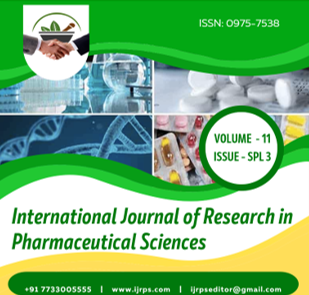Abstract
Optogenetics is a biological technique that involves the use of light to control genetically modified neurons to express the channels of light-sensitive Ions. Optogenetics can also be referred to as Optical monitoring of neuronal activity in non-neuronal cells, and control of biochemical pathways. Optogenetics is less invasive than electrical stimulation response time in optogenetics is comparatively faster than other treatments. Chronic pain affects one-third of the population, and current treatments cause limited relief and serious side effects. An alternative approach to pain reduction would be the direct modulation of somatosensory pathways using optogenetics. Optogenetic treatment can be a very effective way to relieve chronic pain while avoiding conventional pain medicine's side effects. The use of optogenetics in pain management has greatly accelerated over the last decade. This review discusses the versatility of different optogenetic tools and its effective applications in the field of medicine.
Full text article
Authors

This work is licensed under a Creative Commons Attribution-NonCommercial-NoDerivatives 4.0 International License.

